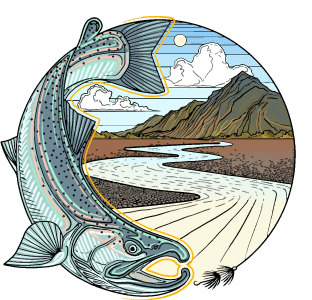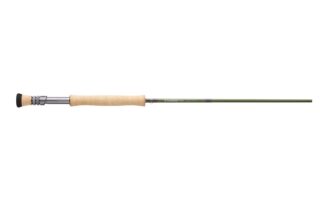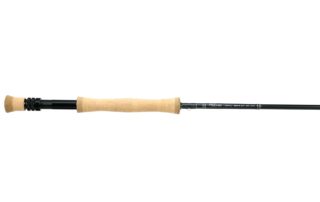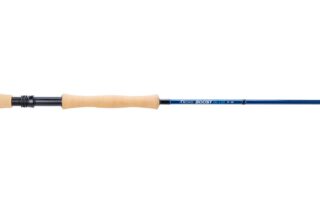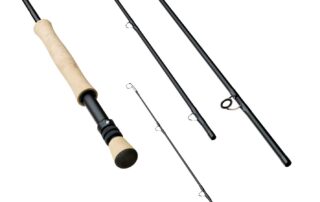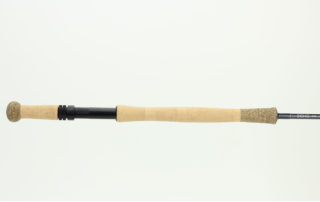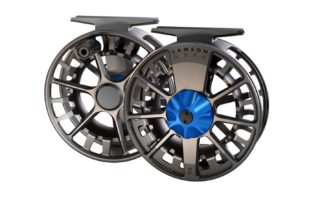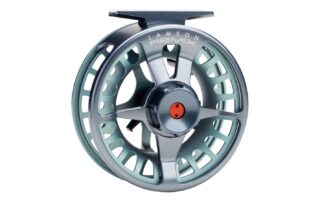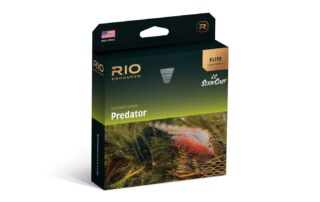
OVERVIEW
Pink salmon are the most abundant of Alaska's salmonids. Pink salmon can be found in great numbers in almost every region of the state. Southeast and Kodiak often host runs of 40 million or more. Pink Salmon, also called the Humpy (or Humpback) salmon are available from July to September. The best fishing occurs in late July and August in or near the estuaries of their spawning rivers. Pink Salmon average 3-6 lbs., but the occasional specimen can reach upwards of 10lbs. These "People's Salmon" are certainly a gateway fish for the angler looking to catch a lot of fish in a forgiving environment. Whether its cast from a nice open beach of swinging a pink fly in a deeper run, Humpies are a pile of fun for anglers of all skill levels.
Scrappy fighters, the pink salmon can be successfully pursued with rods in the 6 to 8 weight class. When using the lighter gear, a reel with a good drag is a must. A weight forward floating line is usually the best choice. Pinks readily bite on a large variety of flies, including top water offerings. Tried and true producers such as the Humpy Hooker, Lead Eyed Egg Sucking Leech, and the Pink Starlite Leech should be in every pink angler's arsenal.

RODS
More often than not, when fishing for pink salmon you will be using a single hand fly rod. Ideal single hand rods for pinks are medium to fast action 6-8wts in 9-10' lengths. Most anglers choose an 8wt as their all-around salmon rod. That being said, pinks on a 6wt are a lot more fun. If fishing for pinks in the salt, be sure to have a rod that has an anodized reel seat. Metal reel seats are much more durable than their wooden counterparts. This is especially important in the salt water. Several six weight rods that have saltwater versions that come with a fighting butt. These rods double as great beach and estuary Dolly Varden rods earlier in the spring.
If two hand rods are your thing look at some of the switch rod versions. These flex more similarly to a single hand rod instead of a true spey rod, making them a little more versatile. 10'6 - 11'6 rods rated for line weights of 330-420 grains are ideal. Using a scandi line or something like the Airflo Rage will be the best choice for pink salmon on a two-hand rod. They are designed to cast lighter flies and fish them close or on top of the surface.
REELS
If pinks are being targeted in freshwater, both machined anodized reels and cast aluminum reels work great. If saltwater or estuaries are part of the plan, look more towards the machined and anodized reels. Salt and brackish water is very hard on cast aluminum reels. You can get a year or two out of a cast aluminum reel if it's used heavily in the salt water, but that requires work on your part, rinse your gear. While machined reels tend to be a little more expensive, they really are worth in for the majority of salmon fishing here in Alaska. While pinks are not the largest salmon, they still tend to have some shoulders. A strong drag is very nice to have when targeting these chrome bullets in the ocean.
LINES
Over 90 percent of all pink fishing in Alaska is done with a weight forward floating line paired with a 9' salmon/steelhead leader. Pinks run along shallow gravel bars or sit high in the water column when resting in pools. Pinks are generally very aggressive towards flies and will often move a ways to eat one. We like to use at least 8lb salmon/steelhead leaders, but 2x or larger trout leaders can also work just fine. When you are fishing off the beaches, abrasion resistance is a major factor in your leader material.
FLIES
Pinks love pink colored flies. Most are tied in size #6 - #4. But don't count on pink 100% of the time. Water conditions vary and high off colored water means darker colors like black and purple and sometimes even olive or gray. Steer clear of chartreuse as that color seems to send pinks in the opposite direction.
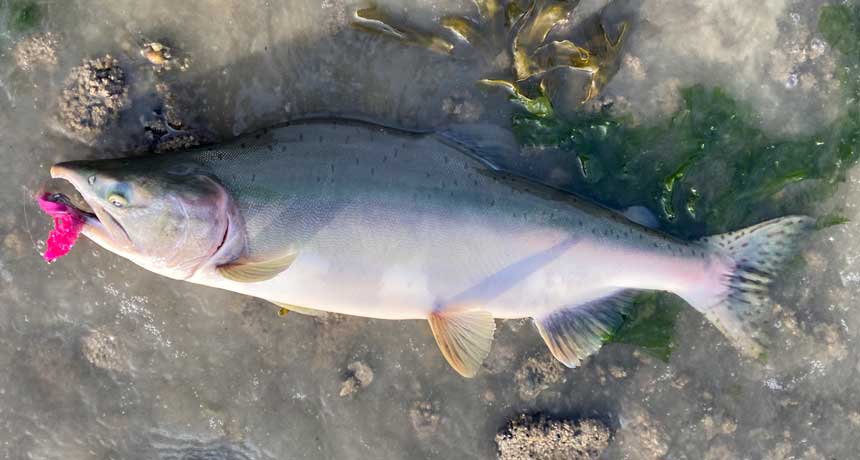
If you have any questions about fly fishing for Pink Salmon in Alaska, feel free to contact us or call the shop at 907-586-1550.

